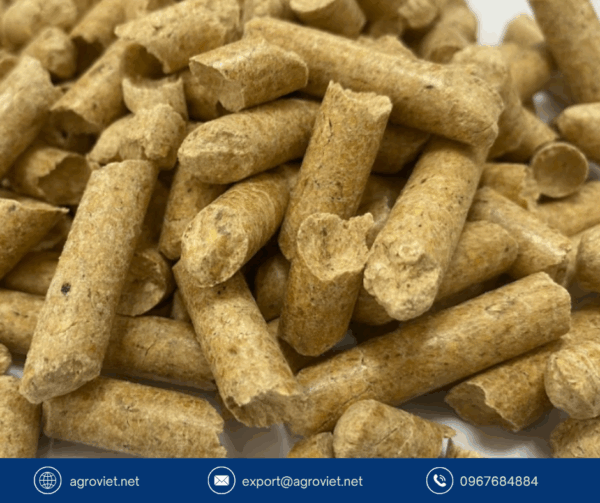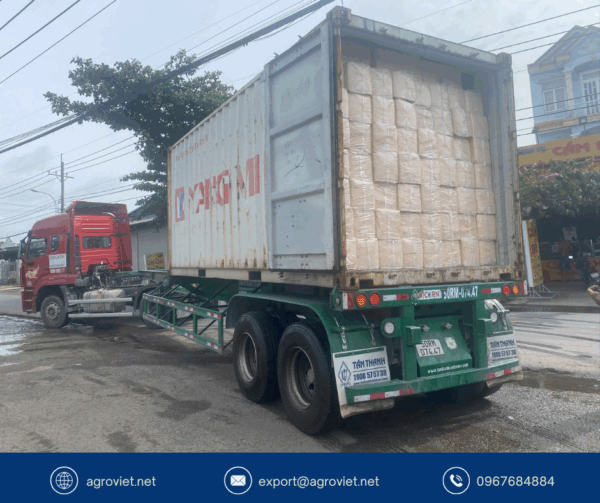The Hidden Cost of Cheap Bedding: Animal Health & Veterinary Bills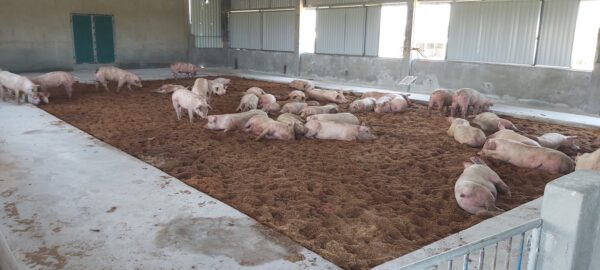
Introduction to Bedding and Animal Health
Choosing the right bedding for livestock and poultry is a critical decision that directly impacts animal health, farm productivity, and overall profitability. While opting for cheaper bedding options like straw or low-quality sawdust may seem cost-effective upfront, these materials often harbor moisture, pathogens, and pests, leading to costly health issues and veterinary bills.
High-quality bedding, such as processed wood products, offers superior absorbency and hygiene, reducing the risk of diseases that drive up expenses. Drawing on insights from sources like BackYard Chickens and the University of Maine Cooperative Extension, this post compares the costs of veterinary care versus high-quality bedding like wood pellets and shavings, highlighting how investing in better bedding can save farmers thousands by preventing animal sickness and disease spread.
Watch this: https://www.tiktok.com/@kristaupcountry/video/7500792758240595246
The Risks of Cheap Bedding
Cheap bedding materials, such as straw or low-grade sawdust, often retain moisture and accumulate manure, creating ideal conditions for pathogens and pests. These conditions foster diseases like mastitis, foot rot, coccidiosis, joint-ill, and respiratory infections, as well as infestations of mites and lice. The BackYard Chickens article notes that damp, soiled bedding increases pest populations by 25%, contributing to health issues like anemia and reduced egg production in poultry.
Similarly, wet bedding promotes bacterial growth, such as E. coli and Salmonella, which can spread across species, leading to outbreaks that affect entire herds or flocks. These health risks translate into significant veterinary costs, productivity losses, and labor expenses, far outweighing the initial savings of cheap bedding.
Common Animal Health Issues Linked to Poor Bedding
Poor bedding hygiene is a key driver of several costly health conditions:
-
Mastitis in Dairy Animals: Wet bedding harbors Staphylococcus aureus and E. coli, causing udder infections that reduce milk yield by 10-25% and cost $50-$200 per animal in treatment.
-
Foot Rot in Sheep and Goats: Fusobacterium necrophorum thrives in moist litter, leading to lameness and losses of $10-$100 per animal, with herd-wide outbreaks costing for veterinary biils $1,000-$10,000 annually.
-
Coccidiosis in Lambs and Kids: Eimeria oocysts proliferate in damp bedding, causing diarrhea and growth reductions, with treatment veterinary bills of $10-$50 per animal and losses up to $20,000 in large flocks.
-
Joint-Ill in Neonates: Streptococcus dysgalactiae in soiled bedding infects navels, leading to lameness and culling, costing $20-$200 per animal veterinary bills.
-
Respiratory Issues: Ammonia from wet bedding irritates airways, increasing pneumonia risk, with treatment costs of $50-$200 per animal.
-
Mites and Lice in Poultry: Wet litter fosters infestations, causing feather loss and reduced egg production, with treatment costs of $10-$50 per bird and losses of $1,000-$5,000 per flock.These conditions not only require expensive treatments but also reduce productivity, increase mortality, and raise welfare concerns, amplifying financial and ethical impacts.
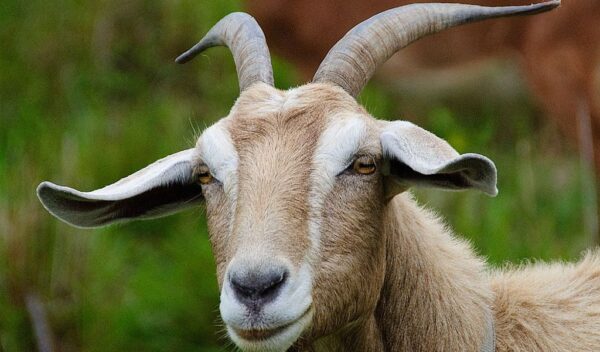
Veterinary Costs: A Growing Financial Burden
Veterinary care for bedding-related diseases is a significant expense for farmers. According to Healthy Paws, veterinary costs are rising due to advanced treatments and increased willingness to invest in animal care. Common expenses include:
-
Antibiotics and Medications: Treatments for infections like mastitis or foot rot cost $20-$100 per animal, with chronic cases requiring repeated doses and even more veterinary bills.
-
Surgical Interventions: Conditions like joint-ill or severe mastitis may require surgery, costing $1,200-$6,000 per case, as seen with procedures like those for hip dysplasia in dogs, which share similar cost structures and veterinary bills.
-
Diagnostics: Tests like fecal oocyst counts or bacterial cultures cost $50-$200 per animal for veterinary bills .
-
Vaccinations and Preventatives: Preventive measures, such as coccidiostats or pest control sprays, cost $10-$50 per animal but are often needed repeatedly.
-
Labor and Hospitalization: Veterinary visits, follow-ups, and hospital stays add $100-$500 per case, with chronic conditions requiring extended care and more veterinary bills. The Healthy Paws report estimates that pet and livestock owners spent $588 million on accident or illness care in 2024, with costs rising 2.4% annually. For large operations, a single outbreak affecting 10-30% of animals can lead to $10,000-$100,000 in veterinary bills, culling, and lost productivity, such as reduced milk or egg yield.
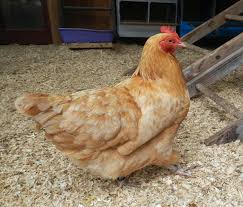
The Cost of Cheap Bedding vs. High-Quality Alternatives
Cheap bedding may appear economical but often leads to higher long-term costs due to frequent replacement and health-related expenses. For example:
-
Straw: Costs $50-$100 per ton but retains moisture, requiring replacement every 1-2 weeks in high-traffic barns. A 100-animal operation may use 2-3 tons monthly, costing $100-$300.
-
Low-Quality Sawdust: Priced at $80-$150 per ton, it generates dust and requires frequent cleaning, adding labor costs of $50-$100 weekly. In contrast, high-quality bedding like wood pellets and shavings offers better value:
-
Wood Pellets: A 1-ton pallet costs approximately $220 and lasts 2-3 months for a 10×10 stall or small poultry coop, requiring 3-5 bags (40 lbs each) initially and 1-2 bags weekly for top-ups. Their high absorbency (up to 400% of weight) reduces replacement frequency and waste.
-
Wood Shavings: Priced at $150-$250 per ton, they last 2-3 months for similar applications, offering medium absorbency and low dust when screened properly.The University of Maine Cooperative Extension found that while pelleted bedding has a higher initial cost (6-15 times more per weight than sawdust), it reduces waste and labor, with break-even disposal costs at $350 per ton. For a 100-animal operation, using 1 ton of wood pellets ($220) every 2-3 months costs $880-$1,320 annually, compared to $1,200-$3,600 for straw or sawdust due to frequent replacements.
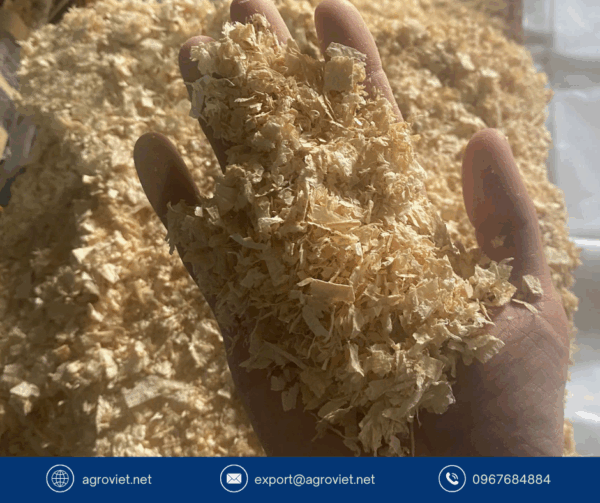
How High-Quality Bedding Reduces Health Risks
High-quality bedding, such as processed wood products, mitigates health risks by:
-
Managing Moisture: Absorbs urine and water, keeping litter moisture below 20%, which inhibits pathogens like E. coli and pests like mites.
-
Reducing Pathogens: Heat-treated materials minimize initial bacterial loads, lowering disease risks like mastitis or joint-ill.
-
Minimizing Dust: Low-dust options reduce aerosolized pathogen and pest spread, protecting respiratory health.
-
Enhancing Hygiene: Easy-to-clean materials reduce manure buildup, disrupting pest life cycles and bacterial proliferation. The BackYard Chickens article notes that coops with dry, hygienic bedding see a 25-30% reduction in mite and louse infestations, while similar principles apply to livestock, reducing diseases like foot rot and coccidiosis. These benefits translate into fewer veterinary interventions and sustained productivity.
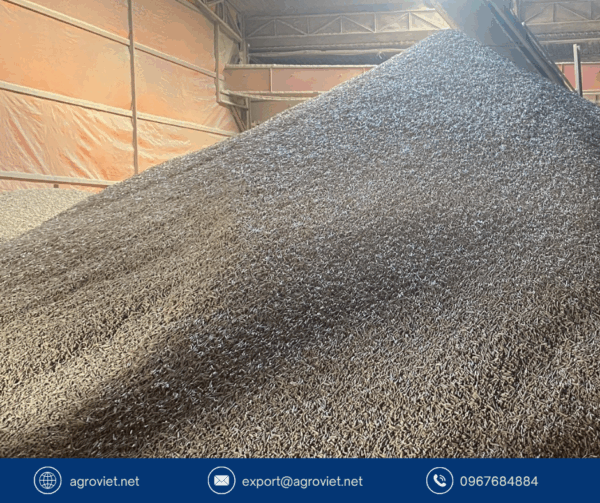
Promoting Health with Wood-Based Bedding
For farmers seeking to prioritize animal health, bedding options like wood pellets and shavings offer practical advantages. Wood pellets, made from compressed, heat-treated sawdust, expand into a highly absorbent layer that keeps barns dry, reducing the conditions that foster pathogens and pests. Wood shavings, sourced from untreated softwoods like pine, provide a comfortable, low-dust surface that supports hygiene and animal comfort.
These materials, when properly managed, create a clean environment that minimizes disease risks, helping farmers avoid costly veterinary bills while maintaining flock and herd health.
Cost-Benefit Analysis: Bedding vs. Veterinary Bills
Consider a 100-animal operation (e.g., goats, sheep, or poultry):
-
Cheap Bedding Scenario: Using 2-3 tons of straw monthly ($100-$300) costs $1,200-$3,600 annually. A disease outbreak (e.g., mastitis or coccidiosis) affecting 20% of the herd/flock incurs $1,000-$10,000 in veterinary bills and $2,000-$20,000 in productivity losses, totaling $3,200-$33,600 per year.
-
Wood Pellets Scenario: Using 1 ton of wood pellets every 2-3 months ($220 per ton) costs $880-$1,320 annually. By reducing disease incidence by 25-30%, veterinary costs drop to $500-$2,500, with productivity losses minimized to $1,000-$5,000, totaling $2,380-$8,820 per year.
-
Wood Shavings Scenario: Using 1 ton every 2-3 months ($150-$250) costs $600-$1,000 annually, with similar health benefits, yielding total costs of $2,100-$8,500 per year. The savings from using wood pellets or shavings ($1,100-$25,100 annually) far outweigh their initial cost, especially when factoring in reduced labor and waste disposal.
Economic and Welfare Impacts of Disease Spread
Disease outbreaks from poor bedding not only inflate veterinary costs but also cause cascading losses:
-
Productivity Losses: Reduced milk yield, egg production, or growth rates cost $20-$1,000 per animal, with large operations facing $10,000-$100,000 annually.
-
Mortality and Culling: Severe cases lead to 5-20% mortality or culling, costing $50-$500 per animal for veterinary bills.
-
Zoonotic Risks: Pathogens like Salmonella pose human health risks, increasing regulatory scrutiny and potential recalls.
-
Welfare Concerns: Pain, lameness, and stress from diseases like foot rot or mites raise ethical issues, impacting market access. High-quality bedding mitigates these risks, supporting animal welfare and farm profitability. The CFSPH highlights that hygienic bedding reduces cross-species disease transmission, protecting both animals and workers.
Practical Tips for Using High-Quality Bedding
To maximize the benefits of absorbent, hygienic bedding, farmers should:
-
Select materials from trusted suppliers, ensuring low dust and no toxic components (e.g., avoid black walnut).
-
For pellets, spread 3-5 bags (40 lbs each) for a 10×10 stall, adding water to expand into a 4-6 inch layer; top up with 1-2 bags weekly.
-
For shavings, maintain a 4-6 inch depth, replacing soiled areas daily.
-
Clean pens daily to remove wet spots, reducing pathogen and pest buildup.
-
Ensure 6-8 air changes per hour through ventilation to maintain dryness. These practices, supported by Energy Pellets of America, ensure a clean, healthy environment, minimizing disease risks.
Complementary Health Strategies
Beyond bedding, farmers can reduce veterinary costs with:
-
Regular Health Checks: Monitor for signs of disease or pests, enabling early intervention.
-
Sanitation: Disinfect equipment and barns to prevent pathogen spread.
-
Nutrition: Provide balanced diets to boost immunity, reducing susceptibility to infections.
-
Pest Control: Use safe poultry dusts or sprays for mites and lice, as recommended by BackYard Chickens.
-
Insurance: Consider pet or livestock insurance to offset veterinary costs, with plans reimbursing up to 90% of veterinary bills.
Addressing Bedding Management Challenges
Challenges with high-quality bedding include higher upfront costs and setup time (e.g., wetting pellets). However, their durability reduces long-term expenses, and proper storage in dry conditions prevents mold. Daily cleaning ensures absorbency, while sourcing from reputable suppliers avoids issues like dust or toxins. With consistent management, these materials offer significant health and cost benefits.
Conclusion
Cheap bedding may save money initially, but it harbors pathogens and pests, leading to costly veterinary bills, productivity losses, and welfare issues. A single ton of wood pellets ($220) or shavings ($150-$250), lasting 2-3 months, can prevent diseases like mastitis, foot rot, and mite infestations, saving thousands in treatment and losses. Supported by research from BackYard Chickens and the University of Maine, high-quality bedding reduces health risks by 25-30%, enhancing animal welfare and farm profitability. By investing in absorbent, hygienic bedding and robust management practices, farmers can protect their livestock, minimize veterinary expenses, and achieve sustainable, cost-effective operations.
Read more: https://vietnambestwood.com/general/agroviet-wood-shavings-for-horses/

